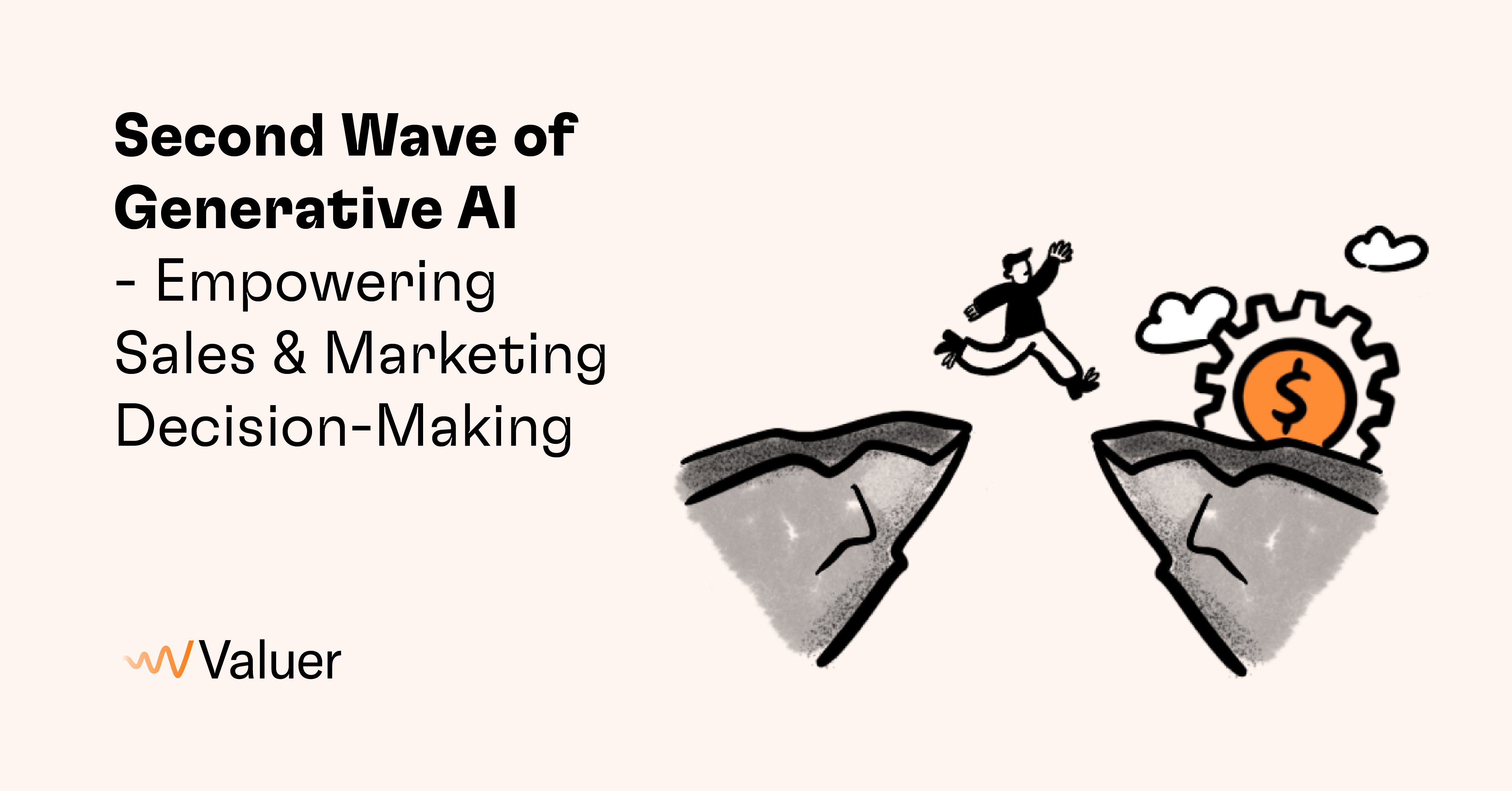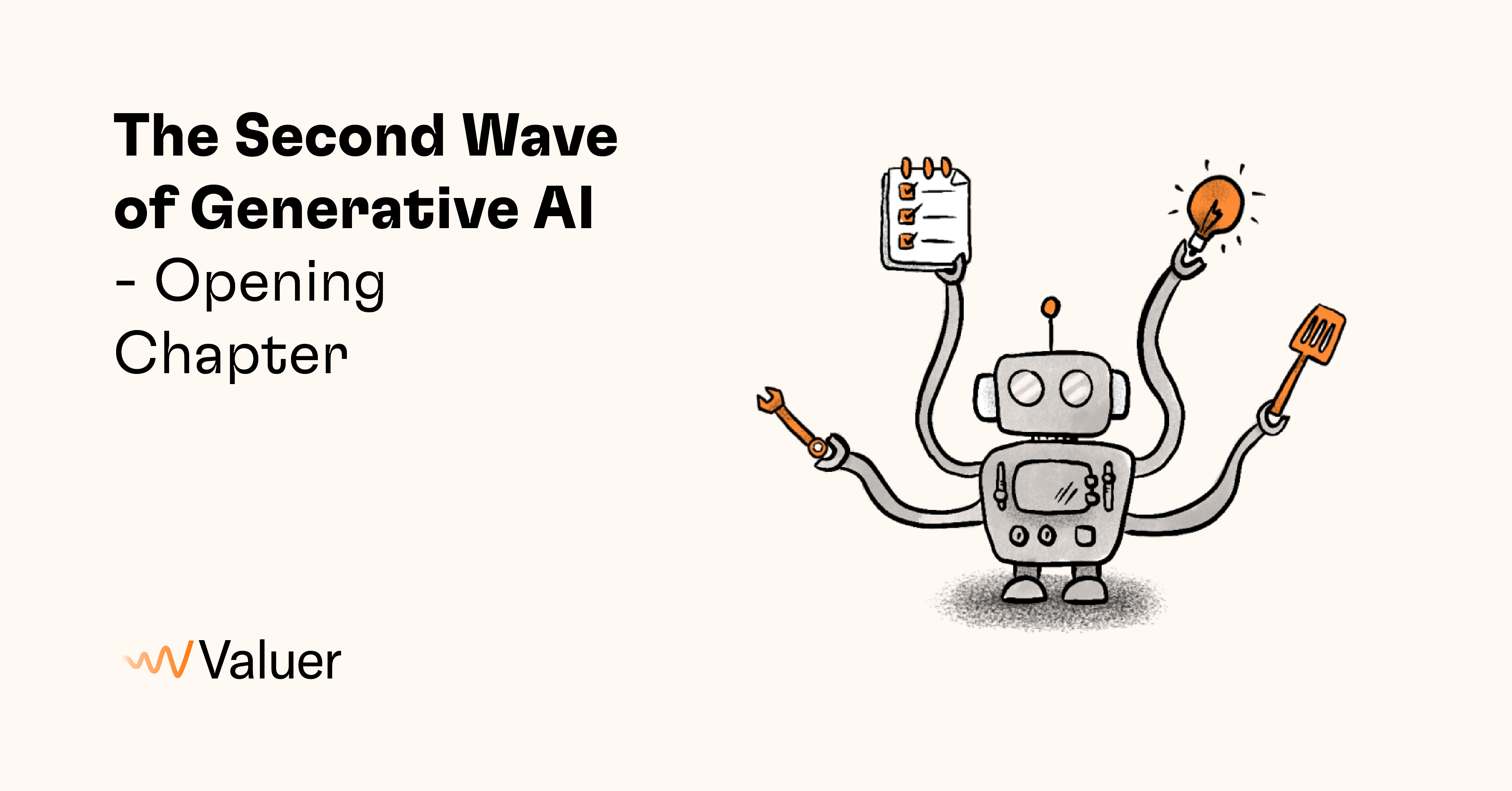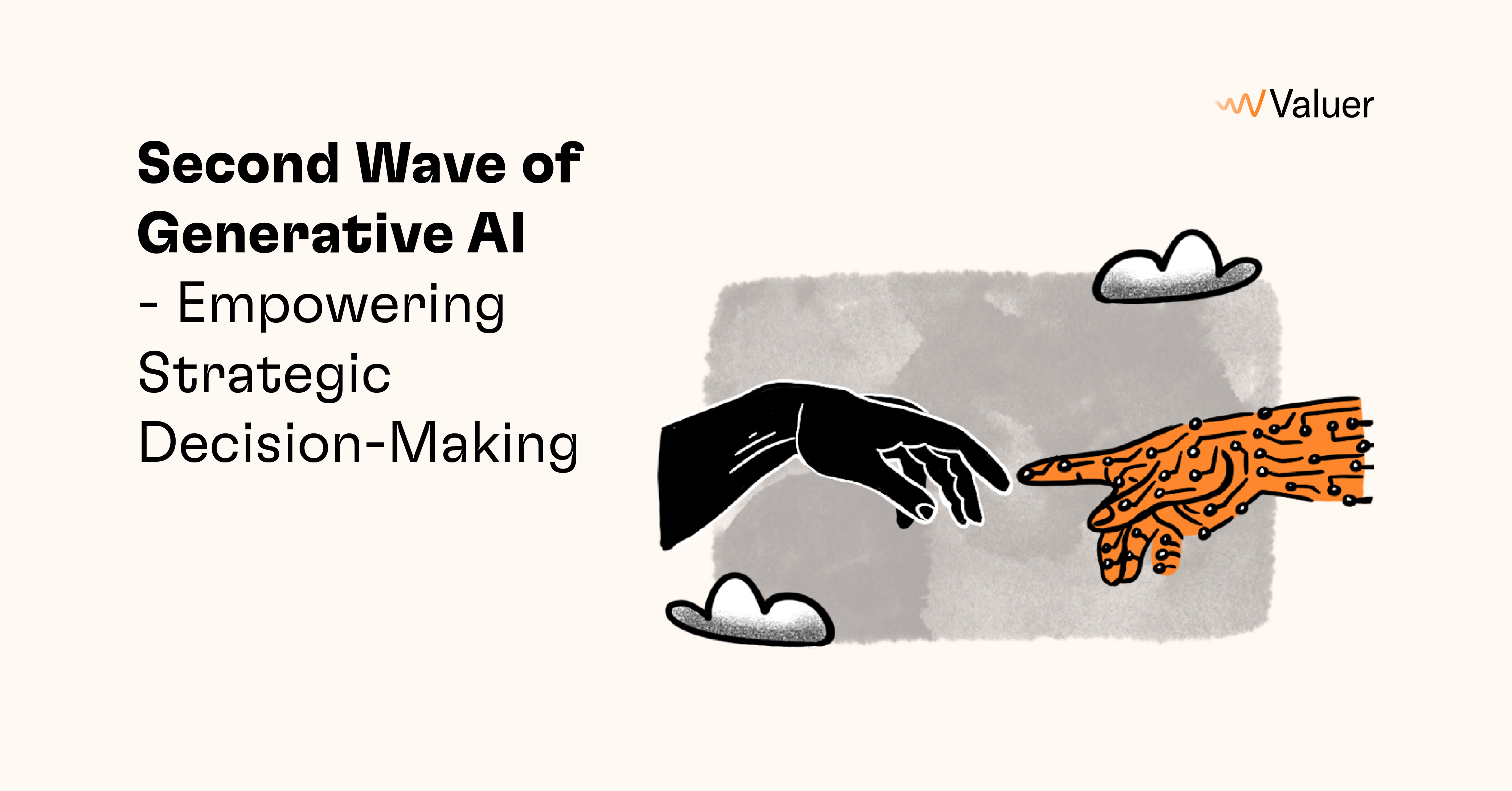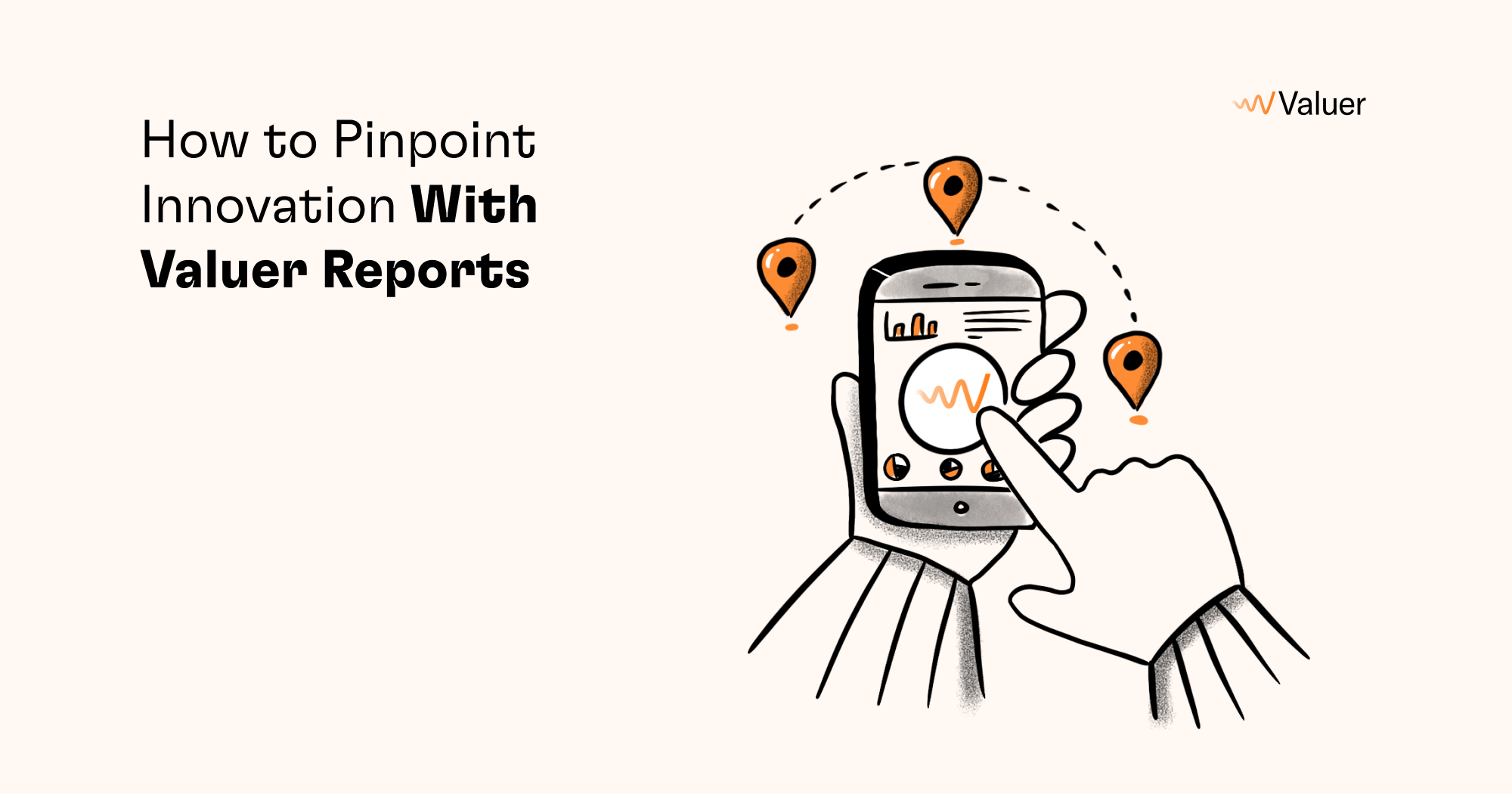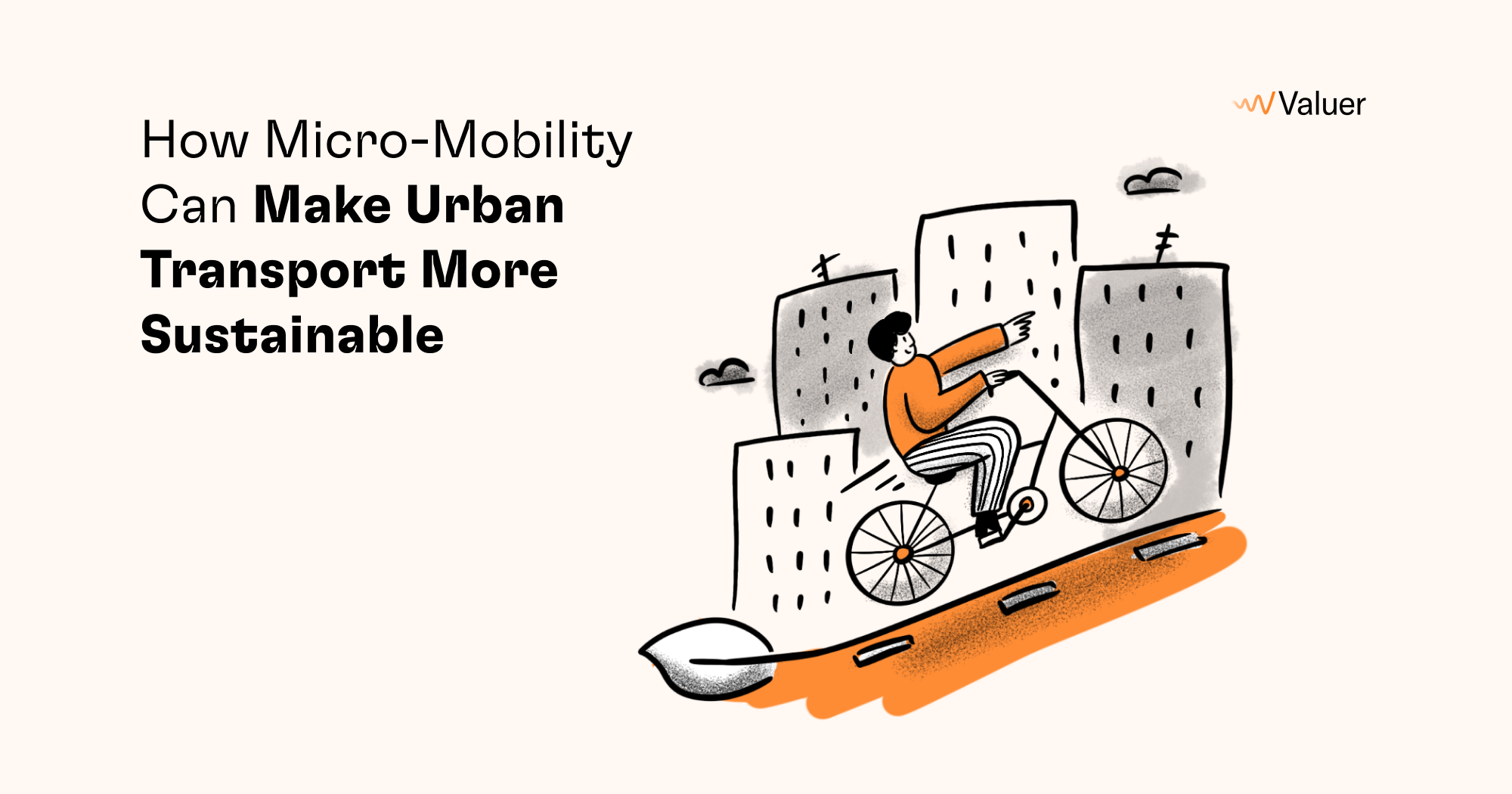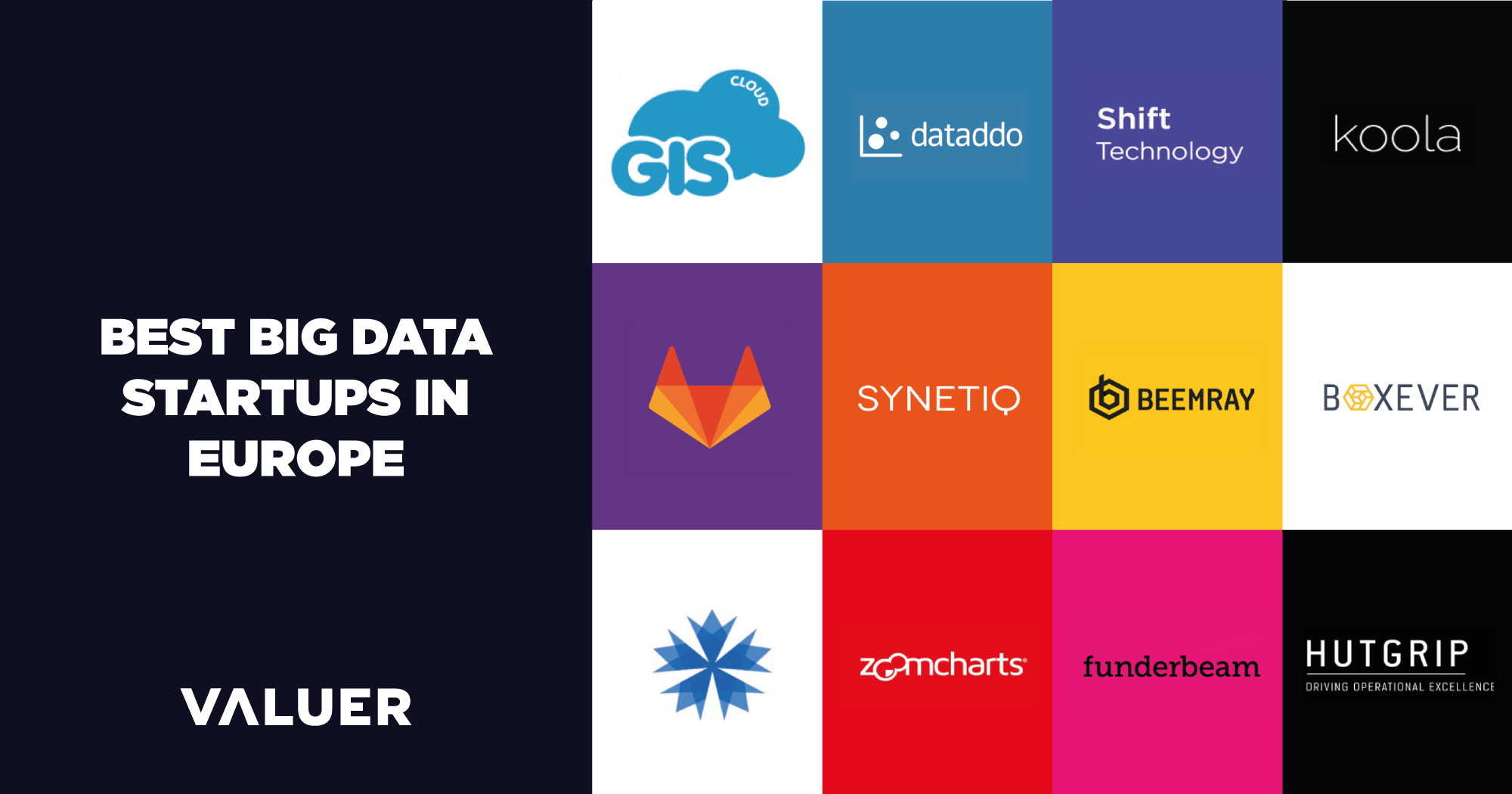Introduction
In the fast-paced landscape of product innovation and research and development (R&D), enterprises constantly seek ways to stay ahead of the curve. In this blog post, we will explore how the second wave of generative AI is set to revolutionise product innovation and R&D decision-making, empowering enterprises to navigate the complexities of the innovation landscape with agility and precision.

The traditional decision-making methods in these domains often involve extensive timelines, resource-intensive processes, and the inherent risk of overlooking valuable insights.
In this blog post, we will explore how the second wave of generative AI is set to revolutionise product innovation and R&D decision-making, empowering enterprises to navigate the complexities of the innovation landscape with agility and precision.
Challenges in Product Innovation and R&D Decision-Making
Data Overload: In the world of product innovation and R&D, data is king. However, the sheer abundance of data can be overwhelming, making it challenging for teams to extract actionable insights efficiently. The traditional methods of sifting through data manually not only consume valuable time but also risk missing out on key indicators that could shape the trajectory of innovation.
Innovation Delays: Time-to-market is a crucial factor in the success of innovative products. Traditional decision-making processes, often characterised by prolonged deliberations and sequential workflows, result in delays in bringing innovative products to market. In today's dynamic business environment, agility is key, and delays can translate into missed opportunities.
Resource Allocation Dilemmas: Allocating resources effectively in R&D projects is critical for success. However, the manual nature of this process can lead to suboptimal decisions. Without data-driven insights, enterprises may invest in areas that do not align with market demands or emerging trends, hindering the overall impact of their innovation initiatives.

Generative AI Solutions
Accelerating Innovation through Data Synthesis: Generative AI addresses the challenge of data overload by streamlining the analysis of diverse datasets. It excels in synthesising information rapidly, providing decision-makers with a comprehensive and real-time understanding of the landscape. By automating the data synthesis process, generative AI allows teams to focus on strategic interpretation rather than drowning in a sea of information.
Rapid Prototyping and Testing: One of the significant advantages of generative AI in product innovation is its ability to expedite the prototyping and testing phase. The AI's capacity to generate and simulate prototypes allows enterprises to explore various design possibilities and potential outcomes swiftly. This acceleration of the product development lifecycle translates to reduced time-to-market without compromising on quality.
Optimising Resource Allocation in R&D: Generative AI becomes a strategic partner in resource allocation for R&D initiatives. By analysing historical data, market trends, and technological advancements, the AI guides decision-makers in making informed choices about where to allocate resources for maximum impact. This ensures that every investment contributes not only to short-term goals but also aligns with the long-term vision of the enterprise.
Use Case Simulation: A Tech Company's Journey in R&D Transformation

Data-Driven R&D Kickoff
Let's dive into the simulated journey of a tech company at the forefront of innovation. As the enterprise gears up for an R&D project, generative AI transforms the initiation phase. By swiftly aggregating data from various sources—previous R&D projects, market trends, and technological advancements—the AI provides the leadership team with a consolidated, real-time view of the technological landscape.
Agile Prototyping and Testing
In the scenario planning phase, generative AI becomes the enterprise's strategic ally. Rapid prototyping and testing unfold seamlessly as the AI simulates various design possibilities and potential outcomes. The leadership team engages in dynamic discussions, swiftly honing in on the most innovative and viable product concepts.

Strategic Resource Allocation
Resource allocation, a critical aspect of successful R&D, traditionally posed challenges. Generative AI steps in as a resource allocation maestro, analysing historical data, market conditions, and the latest technological trends. The AI recommends optimal resource allocations, guiding the enterprise on where to invest for maximum innovation impact.
.png?width=491&height=260&name=Untitled_Artwork%20613%201%20(1).png)
Conclusion
Generative AI emerges as a catalyst for a new era in product innovation and R&D decision-making, mitigating challenges and fostering a culture of continuous improvement. By automating data synthesis, expediting prototyping, and optimising resource allocation, enterprises can position themselves at the forefront of innovation in their respective industries. The resource demands and inefficiencies inherent in traditional decision-making processes no longer need to impede an enterprise's ability to innovate. Generative AI transforms innovation from a marathon to a continuous and enhanced sprint towards success.
Valuer's note:
"A specialised generative AI like Valuer.ai is purposely built and trained to contextualise product innovation opportunities and draw inferences and decision-making outputs from a 1,3B parameter semantic dataset on new technologies, business models, innovation solutions and trends."
Stay tuned for the next instalment in this series, where we'll delve into "Generative AI and its Role in Sales & Marketing Decision-Making.''


